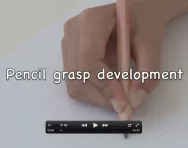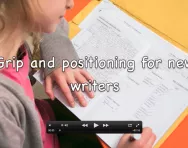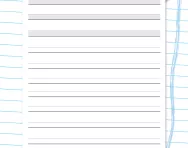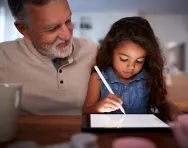Important update from TheSchoolRun
For the past 13 years, TheSchoolRun has been run by a small team of mums working from home, dedicated to providing quality educational resources to primary school parents. Unfortunately, rising supplier costs and falling revenue have made it impossible for us to continue operating, and we’ve had to make the difficult decision to close. The good news: We’ve arranged for another educational provider to take over many of our resources. These will be hosted on a new portal, where the content will be updated and expanded to support your child’s learning.
What this means for subscribers:
- Your subscription is still active, and for now, you can keep using the website as normal — just log in with your usual details to access all our articles and resources*.
- In a few months, all resources will move to the new portal. You’ll continue to have access there until your subscription ends. We’ll send you full details nearer the time.
- As a thank you for your support, we’ll also be sending you 16 primary school eBooks (worth £108.84) to download and keep.
A few changes to be aware of:
- The Learning Journey weekly email has ended, but your child’s plan will still be updated on your dashboard each Monday. Just log in to see the recommended worksheets.
- The 11+ weekly emails have now ended. We sent you all the remaining emails in the series at the end of March — please check your inbox (and spam folder) if you haven’t seen them. You can also follow the full programme here: 11+ Learning Journey.
If you have any questions, please contact us at [email protected]. Thank you for being part of our journey it’s been a privilege to support your family’s learning.
*If you need to reset your password, it will still work as usual. Please check your spam folder if the reset email doesn’t appear in your inbox.
Video: Handwriting development stages explained for parents
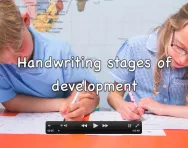
Experts from the National Handwriting Association explain what to expect at each stage of your child's handwriting development and offer suggestions for activities to help develop the hand muscles needed for comfortable, fluid handwriting.
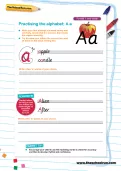
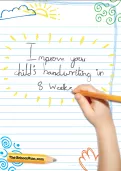
Improve handwriting in 10 minutes a day
- Step-by-step handwriting guide
- Over 200 worksheets
- From patterning to cursive
How your child's handwriting develops
Children's handwriting develops over a long period of time, from the beginning of finger control in three- and four-year-olds to the capacity to control letters once they're writing regularly, and probably in a cursive (joined up) style, at the end of KS1.
Mastering handwriting involves getting to grips with two very important skills:
- Forming anticlockwise circles When children first begin to draw circle shapes, they typically move the pencil in a clockwise direction. As they get older, this skill needs to evolve so that they start forming anticlockwise circles. This requires distal control - the ability to move the muscles of the fingers separately (i.e. moving the top joint of the fingers independently of the knuckles). This ability usually develops between the ages of four and five, and is the basis for being able to form all of the curly caterpillar letters (c, a, d, g, o etc).
- Forming crosses Ask your under-five to write some kisses in a birthday card, and they're likely to draw crosses with a vertical line intersected by a horizontal stroke. Even if you ask them to copy an X shape, they'll produce a vertical cross. But as they approach their fifth birthday, children begin to be able to form crosses that intersect diagonally at the mid-point: an essential skill needed to be able to write.
These skills then gradually evolve as children develop better fine motor control, a more dynamic tripod pencil grip, and an understanding of letter shapes and formations, until by the age of six to eight, most can write reasonably and fluently and in a cursive style.

